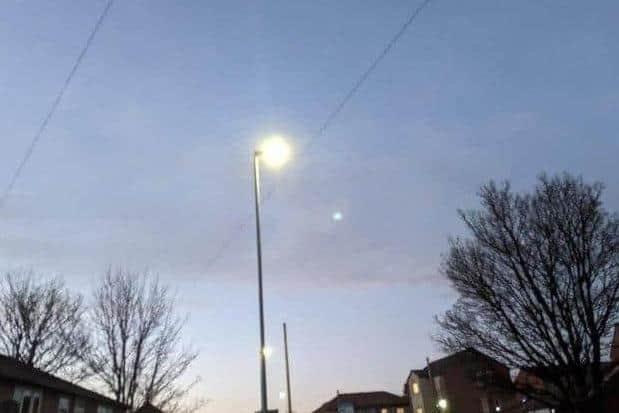LED street lights across Wakefield expected to save £6.4m
and live on Freeview channel 276
The three-year scheme, which started in 2021, is ahead of schedule and more than three-quarters complete with 36,500 lanterns converted and 8,000 left to do.
The switch is on track to reduce energy consumption from streetlighting by 80 per cent, higher than expected, and lower carbon emissions by 65 per cent.
Advertisement
Hide AdAdvertisement
Hide AdIn February 2023, the first of 1,000 traditional style ‘heritage’ lights were installed in Normanton High Street, Heath Common, Badsworth and Darrington.


Coun Matthew Morley, Wakefield Council’s Cabinet Member for Planning and Highways, said: “The programme is ahead of schedule, under budget and is saving more energy than predicted.
“The recent rise in energy costs has highlighted the importance of lowering our energy use wherever we can, and that’s exactly what we are doing.”
Coun Jack Hemingway, Wakefield Council’s Cabinet Member for Environment and Climate Change, said: “This is a great example of how we are investing now to save money and reduce our energy use for decades to come.
Advertisement
Hide AdAdvertisement
Hide Ad“We’re already feeling the impact of climate change and switching to lower-carbon, renewable options will help make sure we’re ready for the future.”
The lights will be controlled by a central management system, installed as part of the LED upgrade, allowing information to be sent to and from the lanterns using the mobile communication network. This enables the lights to receive instructions and gather information about current condition and faults and be altered remotely, rather than by visiting each column, resulting in additional savings.
More information about the programme can be found here.